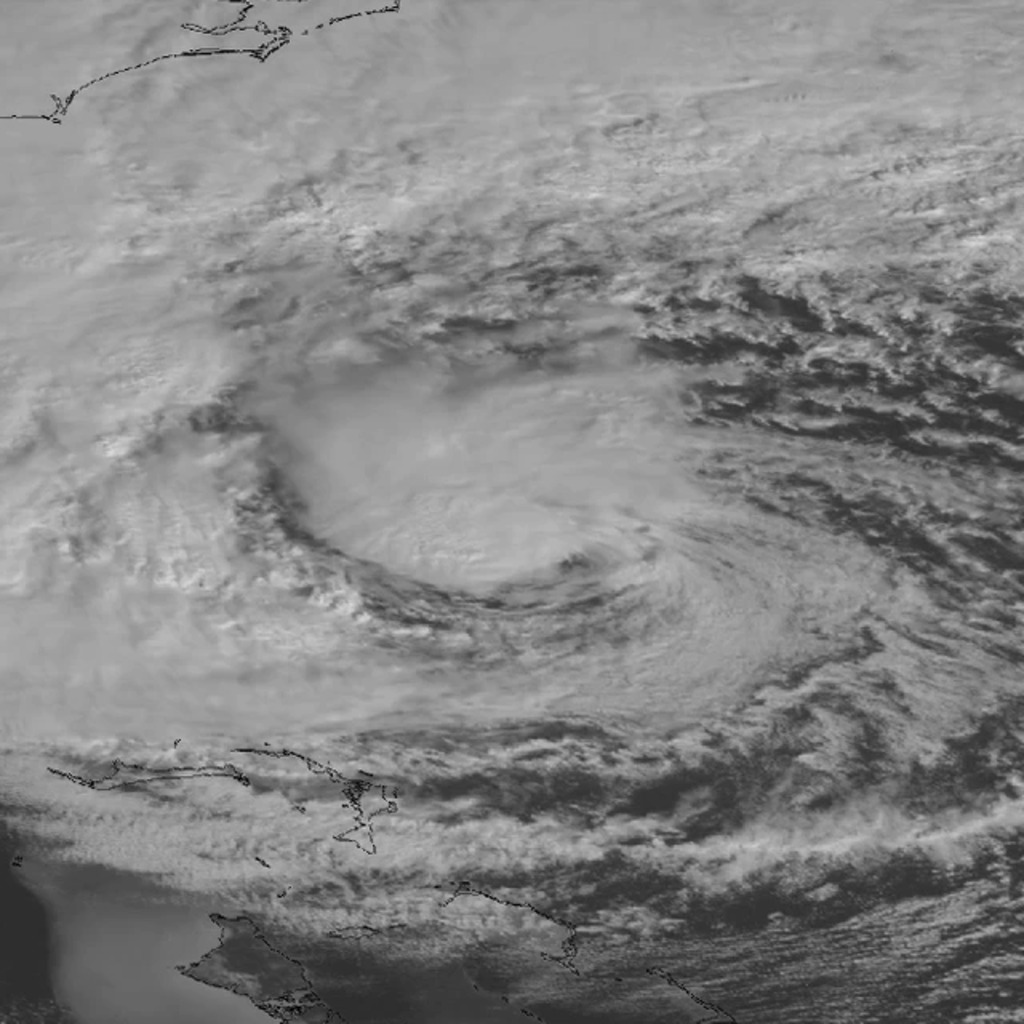Hurricane Sandy Causes Blackouts in New Jersey and New York
In the days following landfall of Hurricane Sandy, millions remained without power. This pair of images shows the difference in city lighting across New Jersey and New York before (August 31, 2012), when conditions were normal, and after (November 1, 2012) the storm. Both images were captured by the Visible Infrared Imaging Radiometer Suite (VIIRS) “day-night band” onboard the Suomi National Polar-orbiting Partnership satellite, which detects light in a range of wavelengths and uses filtering techniques to observe signals such as gas flares, city lights, and reflected moonlight.
In Manhattan, the lower third of the island is dark on November 1, while Rockaway Beach, much of Long Island, and nearly all of central New Jersey are significantly dimmer. The barrier islands along the New Jersey coast, which are heavily developed with tourist businesses and year-round residents, are just barely visible in moonlight after the blackout.
Suomi NPP images before and after the blackout cause by Hurricane Sandy.
For More Information
Credits
Please give credit for this item to:
VIIRS Day-Night Band data provided by Cooperative Institute for Meteorological Satellite Studies (CIMSS) at the University of Wisconsin. VIIRS is an instrument on the Suomi NPP satellite, a partnership between NASA, the National Oceanic and Atmospheric Administration, and the Department of Defense.
-
Animator
- Marit Jentoft-Nilsen (Global Science and Technology, Inc.)
-
Project support
- Mark Malanoski (Global Science and Technology, Inc.)
-
Writer
- Heather Hanson (Global Science and Technology, Inc.)
-
Data visualizer
- Jesse Allen (SSAI)
-
Graphic designer
- Robert Simmon (Sigma Space Corporation)
Release date
This page was originally published on Monday, October 21, 2013.
This page was last updated on Thursday, October 10, 2024 at 12:19 AM EDT.
Missions
This page is related to the following missions:Datasets used
-
VIIRS [Suomi NPP: VIIRS]
ID: 722
Note: While we identify the data sets used on this page, we do not store any further details, nor the data sets themselves on our site.
